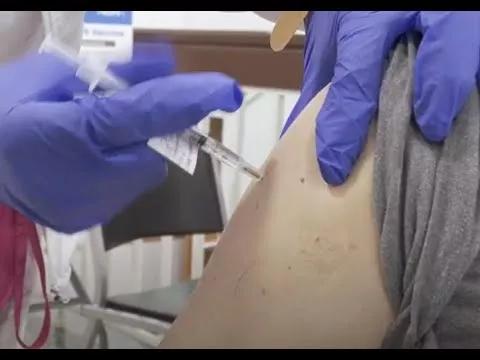A microbiologist explains what people need to know about the new dominant Omicron subvariant here in the United States.

Cleveland Clinic News Service | 216.444.0141
We’re available to shoot custom interviews & b-roll for media outlets upon request.
CCNS health and medical content is consumer-friendly, professional broadcast quality (available in HD), and available to media outlets each day.
images: 0
video: 3
audio: 2
text: 2
Content is property of Cleveland Clinic and for news media use only.
CLEVELAND – According to the CDC, a new Omicron subvariant known as ‘BA.5’ is now dominating here in the United States.
“From the information we have so far, BA.5 is causing disease similar to other Omicron variants, which has been less severe than the previous waves,” said Daniel Rhoads, MD, microbiologist for Cleveland Clinic. “Some of that is probably due to underlying immunity because people have been infected or have been vaccinated and some of that might be due to the nature of the virus itself.”
Doctor Rhoads said throughout the pandemic the coronavirus has continued to mutate and that’s how variants and subvariants emerge.
When it comes to BA.5 specifically though, there is still a lot to learn. However, they do know that it is considered highly transmissible.
Symptoms also seem to be wide ranging and can include a fever, runny nose, sore throat, headache and a persistent cough.
Doctor Rhoads said all of the normal precautions people have been taking during the pandemic are still recommended, like wearing a mask when needed and getting vaccinated.
And while BA.5 is the dominant subvariant right now, researchers are also keeping a close eye on another one overseas.
“So BA.2.75 is a variant that has emerged recently. It was first detected in India and it’s been identified in more than a dozen countries, including the US. So it kind of seems like an up-and-coming variant. We don’t know anything really except that it is emerging,” noted Dr. Rhoads.
If you are curious about infection rates in your own community, you can always check your local health department’s website.